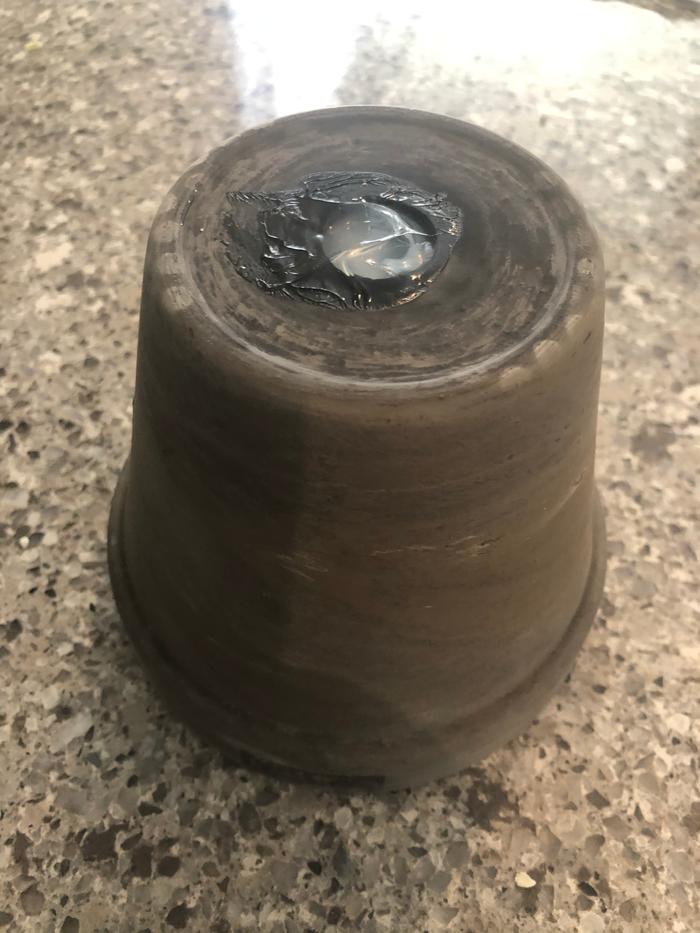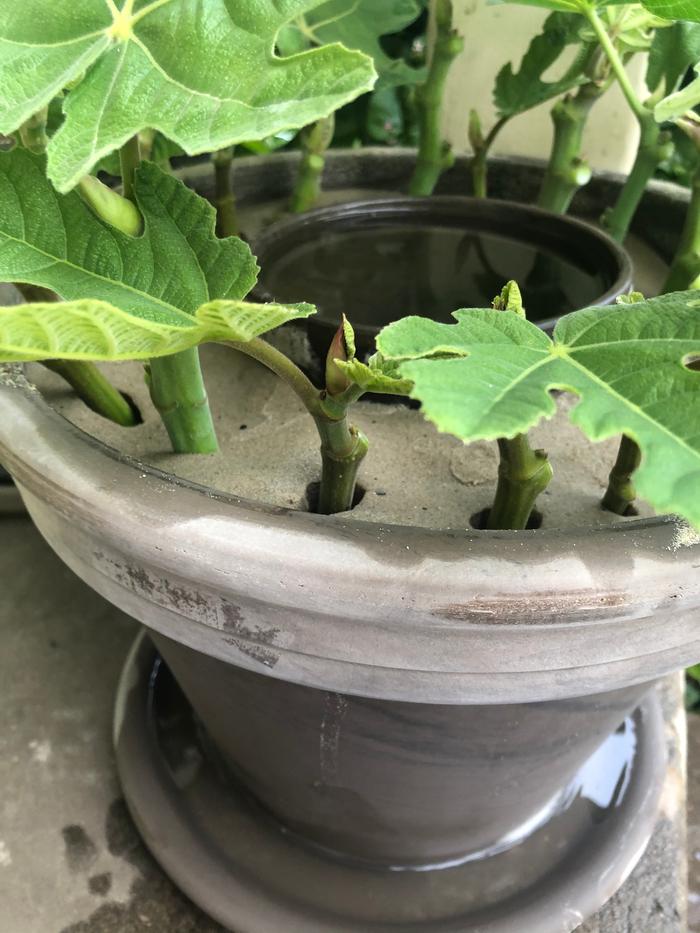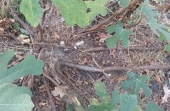
 1
1




Weeds are just plants with enough surplus will to live to withstand normal levels of gardening!--Alexandra Petri
 1
1




 2
2








Weeds are just plants with enough surplus will to live to withstand normal levels of gardening!--Alexandra Petri
 9
9




 1
1




www.growculture.net




 1
1




 2
2




Ants are bad this year. I’ll have to find a solution to that next year.
Standing on the shoulders of giants. Giants with dirt under their nails
 3
3






www.growculture.net
 1
1





 5
5




Weeds are just plants with enough surplus will to live to withstand normal levels of gardening!--Alexandra Petri
 2
2




"Disturbance is critical" Joel Salatin
 1
1




 2
2




Zone 6, 45 inches precipitation, hard clay soil





|
I once met a man from Nantucket. He had a tiny ad
Learn Permaculture through a little hard work
https://wheaton-labs.com/bootcamp
|


